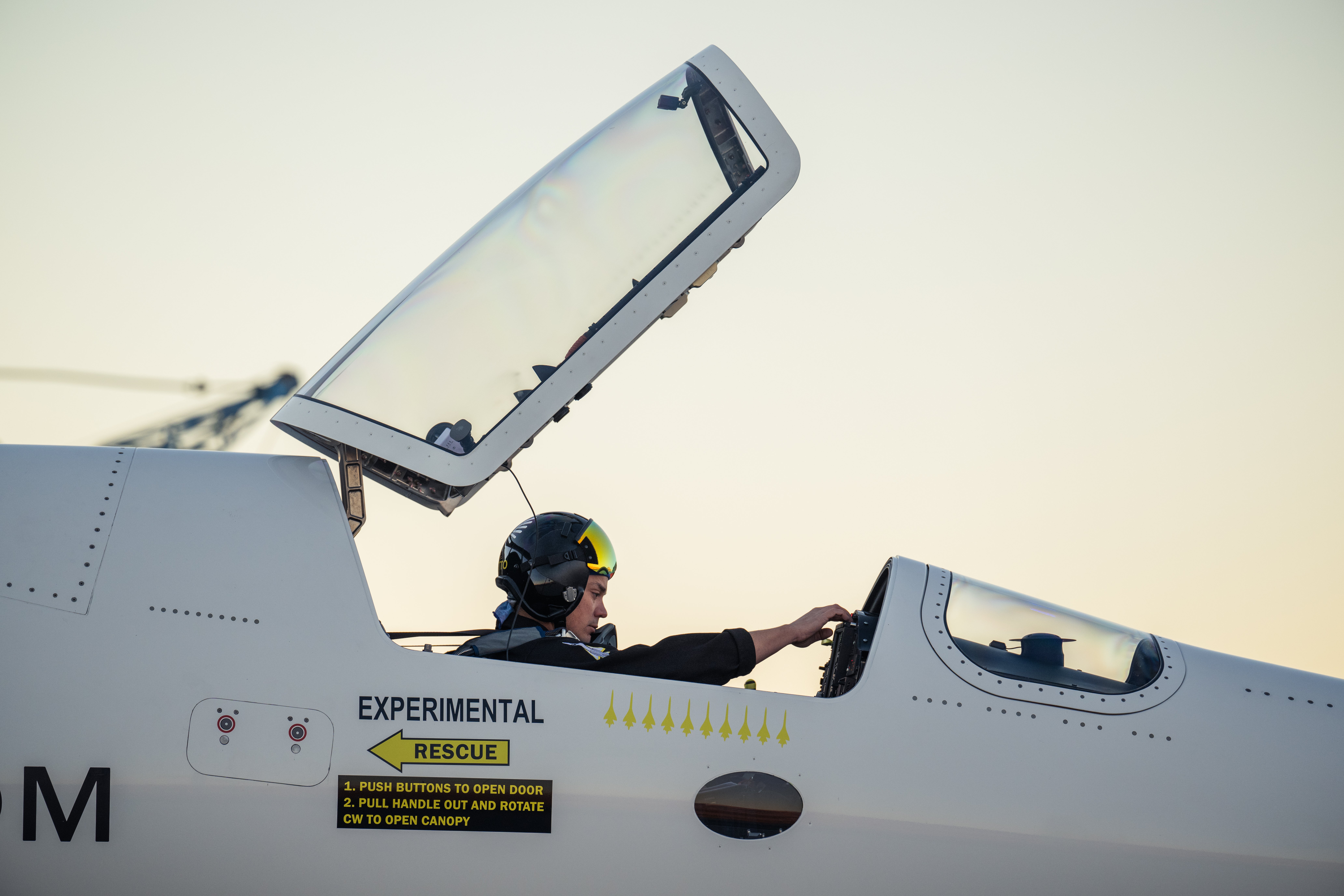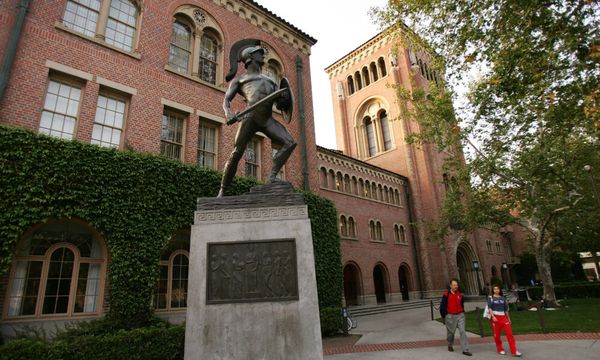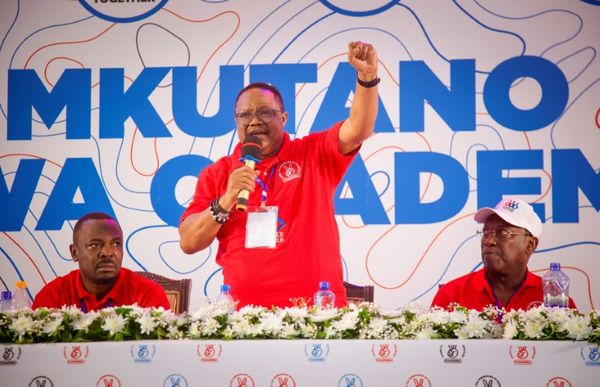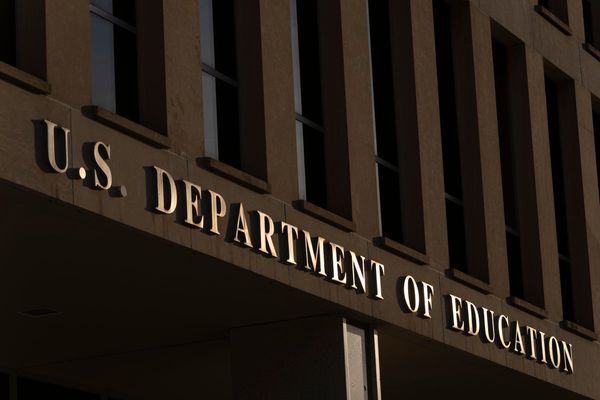Almost 22 years after Concorde made its final commercial flights, a prototype passenger jet has broken the sound barrier during a supersonic test flight.
Boom Supersonic’s XB-1 aircraft climbed over 35,000ft on Tuesday before accelerating to Mach 1.1 speed and then breaking the sound barrier in three high-speed runs spanning 35 minutes over the Mojave Desert in California. It is the first civilian aircraft to achieve the feat since the British-French supersonic airliner, which was retired in 2003.
Boom Supersonic founder and CEO Blake Scholl praised his team for accomplishing a feat that has been confined to the work of governments and militaries for the last two decades. He said he hopes now to “bring the benefits of supersonic flight to everyone”.

“XB-1’s supersonic flight demonstrates that the technology for passenger supersonic flight has arrived,” he said.
“A small band of talented and dedicated engineers has accomplished what previously took governments and billions of dollars. Next, we are scaling up the technology on XB-1 for the Overture supersonic airliner. Our ultimate goal is to bring the benefits of supersonic flight to everyone.”
XB-1 first flew in March 2024 and has been “steadily increasing speeds” over 11 test flights but never beyond Mach 1 (770 mph) – the speed of sound.
The American-built civil supersonic jet is made from carbon fibre, and unlike Concorde’s droop nose, pilots use an “augmented reality vision system” to see past its long nose for takeoff and landing.
Boom‘s chief test pilot Tristan “Geppetto” Brandenburg was at the controls for this first supersonic test flight.

He said: “I still get nervous before a flight in XB-1, but I think that’s healthy. If I weren’t nervous, it would indicate I wasn’t taking it seriously enough or was ignoring the risks.”
“I’m incredibly grateful for the abilities and opportunities God has given me, the people who have helped me along the way, and the belief that I’m not alone in the cockpit. I always say a prayer at the base of the ladder to remind myself of those things and to give credit where credit is due,” Brandenburg added.
The XB-1 supersonic flight took off near Edwards Air Force Base in Mojave, California, and flew through the Bell X-1 Supersonic Corridor and the Black Mountain Supersonic Corridor for 35 minutes.
Chuck Yeager, a United States Air Force officer, became the first person to exceed the speed of sound in the same airspace in 1947.
The XB-1 model is Boom’s supersonic demonstrator is one-third of the size of the line’s “Overture” aircraft – set to be the “world’s fastest” commercial airliner.
According to Boom, the carrier has received 130 pre-orders for the 65-seat aircraft from global airlines, including American Airlines, United and Japan Airlines.
The Colorado company says its plane will fly at Mach 1.7, and previously claimed it would fly from London to New York in 3.5 hours, the same as Concorde.
An Overture “Superfactory” in North Carolina was completed in June 2024 and plans to produce 33 of the supersonic aircraft annually.
Former chief Concorde pilot for British Airways, Mike Bannister, said: “I’ve been waiting over 20 years for the return of supersonic speeds, and XB-1’s historic flight is a major landmark towards my dreams being realized.
“When I last flew Concorde in 2003, I knew this day would come. Boom is well on its way towards making sustainable supersonic flight a reality, aboard Overture – my #1 choice as a successor to Concorde.”
The live stream of the test flight starts at 3.45pm GMT.
For more travel news and advice, listen to Simon Calder’s podcast







